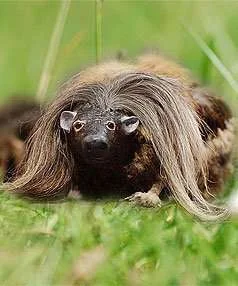Haggis is not a real animal but rather a dish that is a traditional part of Scottish cuisine. It consists of sheep’s offal (heart, liver, and lungs) mixed with oats, spices, and seasonings, all encased in a sheep’s stomach and cooked. There’s a lot of debate about where haggis really comes from, and people on sites like Reddit often talk about the myths and stories around it.

The Legend of Wild Haggis
The idea of a wild haggis is just a fun story. According to the legend and Wikipedia, wild haggis have legs that are shorter on one side, which helps them walk on steep hills in the Scottish Highlands. This story is meant to be funny and is part of Scottish culture, but there’s no real animal like this.
Haggis’s Role in Scottish Folklore
In Scottish folklore, haggis serves as a lighthearted symbol of the culture. The stories often portray it as an elusive creature that skilled hunters can catch, reinforcing themes of humor and tradition in Scottish storytelling. The idea of haggis has become so ingrained in the culture that it represents the charm and magic of Scotland, even if it doesn’t exist in the physical world.
The Story About the Wild Haggis
The story goes that wild haggis have legs that are different lengths on each side, which helps them run around the steep mountains where they live. But because of this, they can only run in one direction. There are two types of haggis: one has longer left legs and runs clockwise, and the other has longer right legs and runs counterclockwise.
Is It Real Or Fake
The wild haggis (Haggis scoticus) is completely fictional. It’s part of Scottish folklore and has been humorously described as a creature with uneven legs to navigate steep hills in one direction. While the idea is fun and part of Scottish culture, the wild haggis itself doesn’t actually exist. The haggis that people talk about is a traditional dish made from sheep’s organs, not an animal. The wild haggis is fake, just a playful myth from Scotland.
Also read: Corner Piano Real or Fake?
